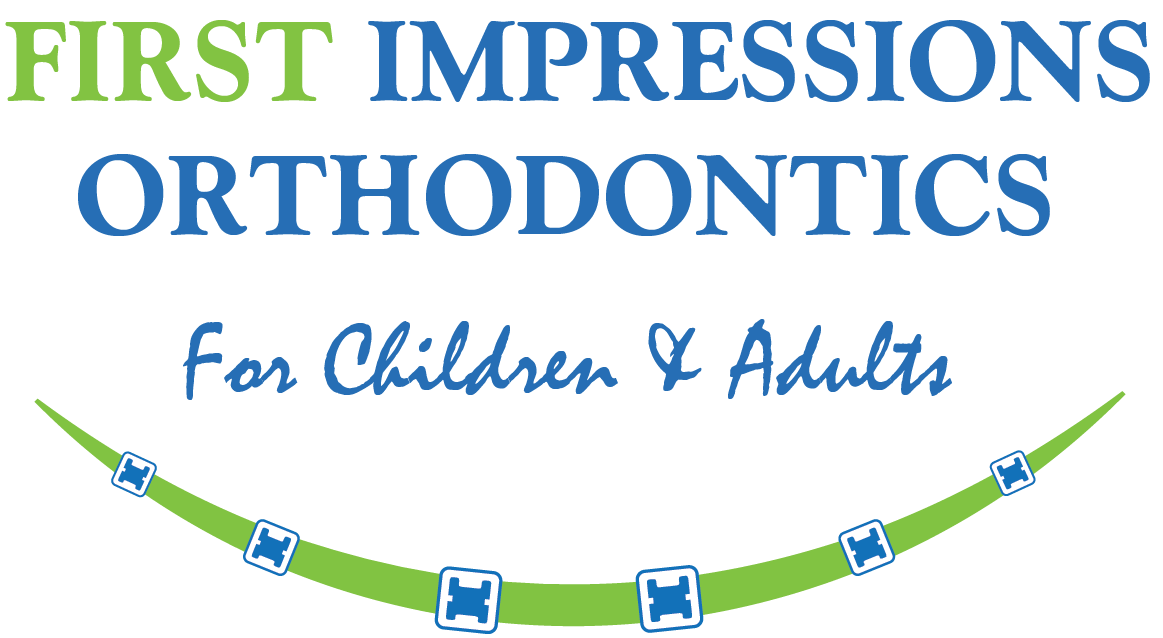For teens, appearances are important. Whether they are going to school, hanging out with friends, or they have a date, looks matter. Moreover, with social media, there is a good chance that your teen will be taking many pictures. If your teen has crooked teeth, however, they may be embarrassed by their smile, and do everything they can to hide it. Not only do crooked teeth affect the quality of their smile, but hiding their smile also affects their appearance. At First Impressions Orthodontics for Children & Adults, we can help to improve the quality of their smile and boost their confidence, with orthodontic treatment.
What is Orthodontics?
Orthodontics is a dental specialty that deals with correcting the alignment of the teeth and jaws. Crooked teeth can significantly impact the quality of the smile. Crooked teeth can also significantly impact oral health. If your teen has misaligned teeth, oral care is more difficult, leaving them prone to cavities and gum disease. Uneven bite pressures can lead to jaw pain, temporomandibular joint pain, and even pain in the neck, shoulders, and back. By correcting the alignment of the teeth, we can help your teen to achieve a healthier, more pleasing smile.
Does My Teen Need Orthodontic Treatment?
There are many reasons why your teen may need orthodontic treatment, including:
- Overcrowding.
- Spacing issues.
- Overbite. This is when the upper jaw protrudes too far out over the lower jaw.
- Underbite. This is when the lower jaw juts out over the upper jaw.
- Crossbite. A crossbite occurs when one or more teeth on either side of the upper jaw fall inside of the opposing teeth in the lower jaw.
- Openbite. An open bite is when the upper and lower teeth at the front of the mouth do not meet when the mouth is closed, creating an open space.
When Should My Teen Get Braces?
Anyone can get braces. However, the ideal time to undergo orthodontic treatment is in the early adolescent years, typically between 11 and 13. Braces are recommended after the last of the adult teeth, except for the wisdom teeth, have fully erupted. At this age, the jaw is still growing and developing as well, meaning that the teeth can be moved more easily.
Options for Orthodontic Treatment
There are several options available for orthodontic treatment. These options include:
- Traditional metal braces. Traditional metal braces use metal brackets and wires to correct the alignment of the teeth and jaws. The brackets are bonded to the front surfaces of the teeth. A wire is attached to the brackets with small elastic O-rings. The wires function to realign your teeth.
- Clear braces. Clear braces also use brackets and wires to correct your tooth alignment. Instead of metal brackets, however, the brackets are porcelain or clear material. The wire may be metal or white. Clear braces are a more discreet form of traditional orthodontic treatment.
- Clear aligners. The use of clear aligners is a more modern alternative to traditional orthodontics. Instead of brackets and wires, this treatment uses a series of clear plastic aligners that are made from impressions of the mouth. These aligners fit over the teeth much like a mouthguard or whitening tray. The plastic works to straighten teeth. The aligners practically disappear from view when placed on the teeth, making them the most discreet treatment available.
Following orthodontic treatment, your teen will be able to smile confidently. In addition to improving their smile, treatment also helps to improve their oral health and their overall quality of life. For more information, and to schedule an appointment, call First Impressions Orthodontics for Children & Adults today at (203) 292-9595.

